ORP stands for Oxidation-Reduction Potential. In practical terms, it is a measurement to oxidize contaminants. It’s as simple as that
The Oxidation-Reduction Potential (ORP) Sensor measures the ability of a solution to act as an oxidizing or reducing agent. Use the ORP Sensor to measure the oxidizing ability of chlorine in swimming pools or to determine when the equivalence point has been reached in an oxidation-reduction reaction.
Checking ORP is a simple method to monitor the effectiveness of a sanitizer or the quantity of anti-oxidants in a liquid. In generalized terms for humans, a higher ORP is better for outside of the body, while a lower ORP is preferred for consumption due to the high anti-oxidant value.
The oxidation/reduction potential is the electrometric difference measured in a solution between an inert indicator electrode and a suitable reference electrode. The electrometric difference is measured in millivolts and is temperature dependent.
Calibration or Verification Procedure:
1. Allow the calibration standard (a Zobell solution: read the warning on the label before use) to equilibrate to ambient temperature.
2. Remove the probe from its storage container and place it into the standard.
3. Select measurement ‘mode.
4. Wait for the probe temperature to stabilize, and then read the temperature.
5. If the instrument is to be calibrated, do Steps 6 and 7. If the instrument calibration is to be verified, then go to Step 8.
6. Look up the millivolt (mv) value at this temperature from the millivolt versus temperature correction table usually found on the standard bottle or on the standard instruction sheet. You may need to interpolate millivolt value between temperatures. Select “calibration mode”, then “ORP”. Enter the temperature-corrected ORP value into the instrument.
7. Select measurement mode. The readings should remain unchanged within manufacturer’s specifications. If they change, re-calibrate. If readings continue to change after re-calibration, try a new Zobell solution or consult manufacturer. Go to Step 9.
8. If the instrument instruction manual states that the instrument is factory calibrated, then verify the factory calibration against the Zobellsolution. If they do not agree within the specifications of the instrument, try a new Zobell solution. If it does not agree, the instrument will need to be re-calibrated by the manufacturer.
9. After the calibration has been completed, rinse the probe with deionized water and store the probe according to manufacturer’s instructions.
10. Record the calibration information on the calibration log sheet.
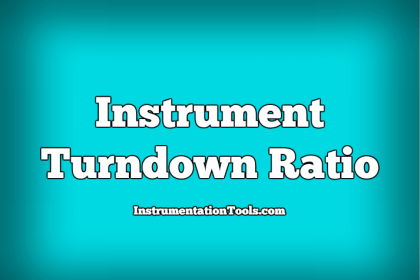
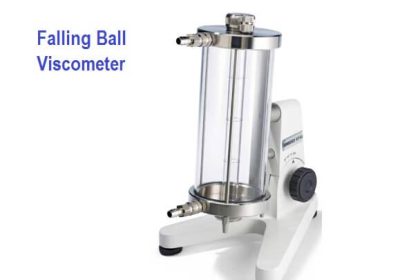
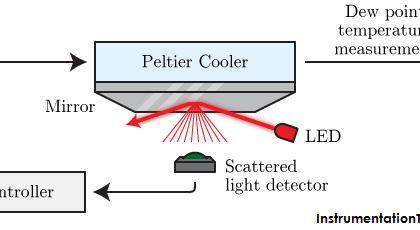
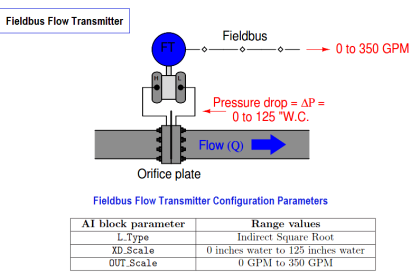
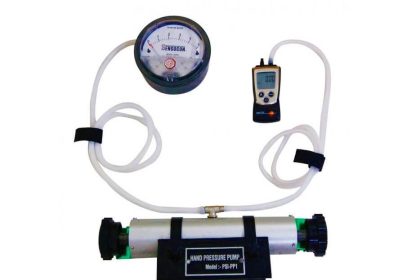
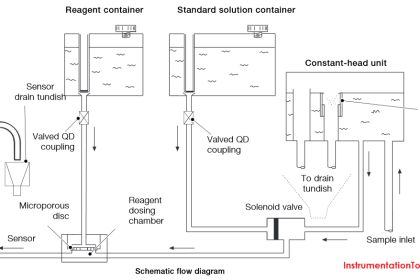
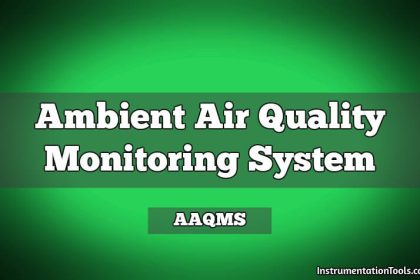
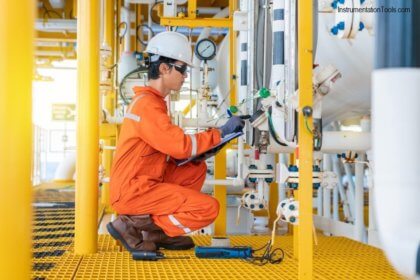

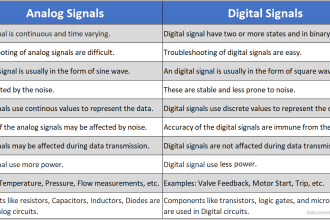

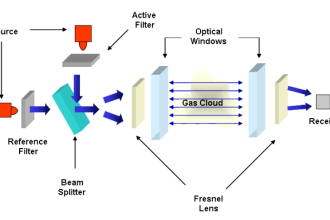
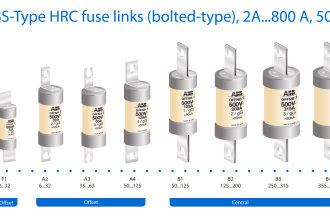
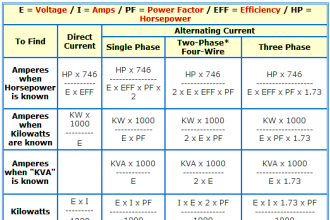
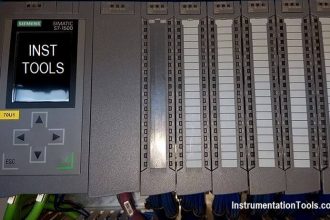
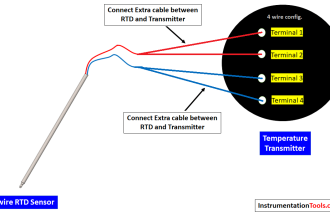

I used to be very happy to find this web site. I wanted to thanks for your time for this wonderful read !!
I dont have word for thanking you.my all questions and problems solves after see this site. This is amazing and its language is very simple for understanding. I have one question how to measure level by pressure difference in mmh2o.
Hello Lakhan, Plz Click Here For Measurement of Pressure Difference in mmh20. Thanks